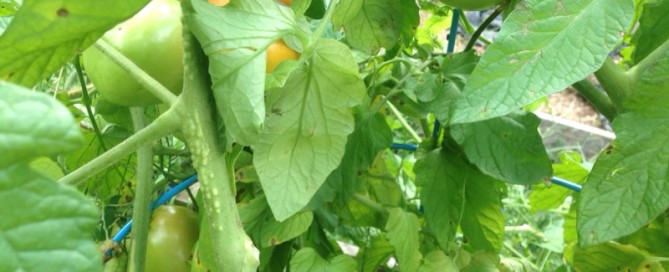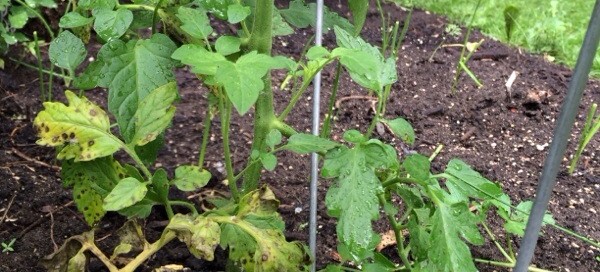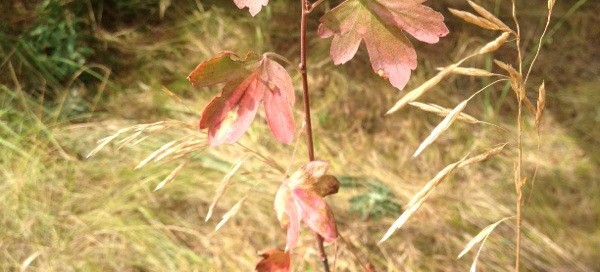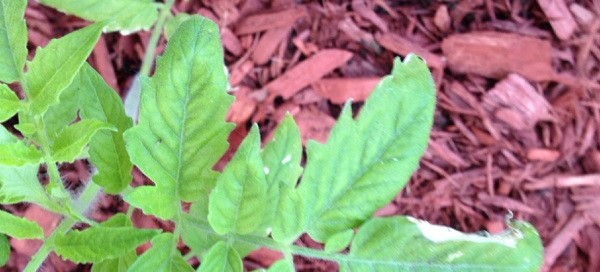Tomato Bumps
These are root initiatives, where roots could form if the plant was planted deeper.
Root initials emerge on a tomato stem as a result of stress – most often when there’s a limit or blockage in the stem’s vascular flow. Specifically, a hormone named auxin in branch tips sends a signal to the plant’s roots when it’s blocked in the branch. If there’s a blockage and the hormone can’t flow freely, it accumulates in the stem. Nodules or bumps emerge. The blockage can occur anywhere on the stem.
Often the blockage is water-related. A tomato plant’s roots need air as much as they need water. Over-watering or excess rain (including poor drainage) chokes them. The plant compensates by trying to develop more roots out through the stem – hence the root initials.
Root initials can be the same color as the stem. They may also be white or turn to brown.
No need to worry about them now. Here's a little more info than you really need: http://www.tomatodirt.com/bumps-on-tomato-stems.html









